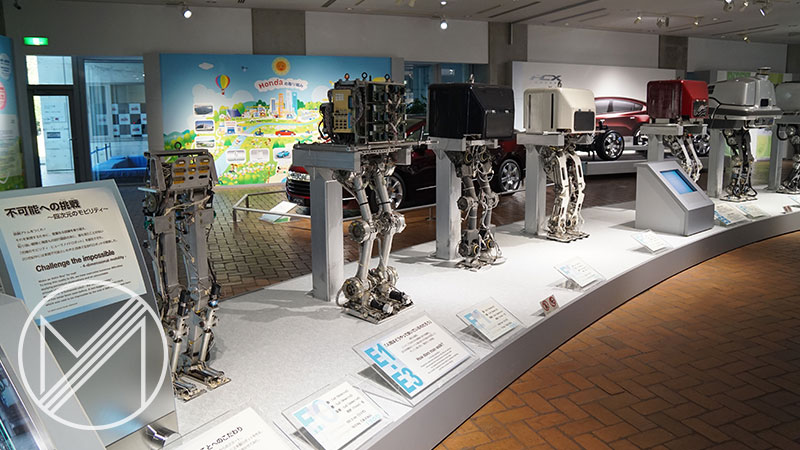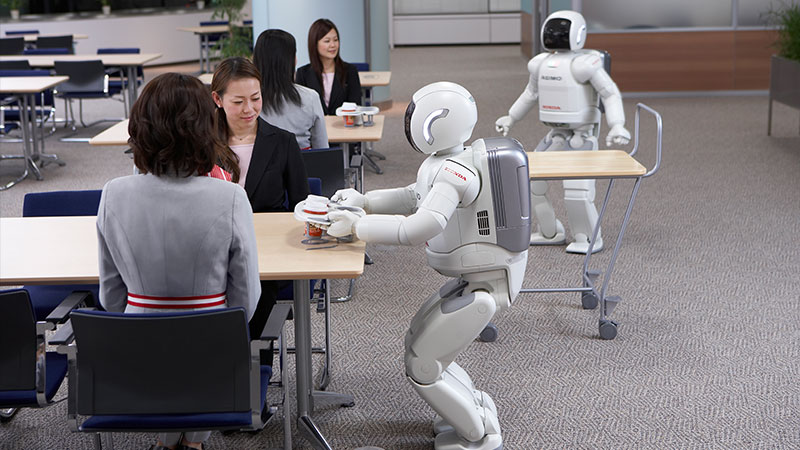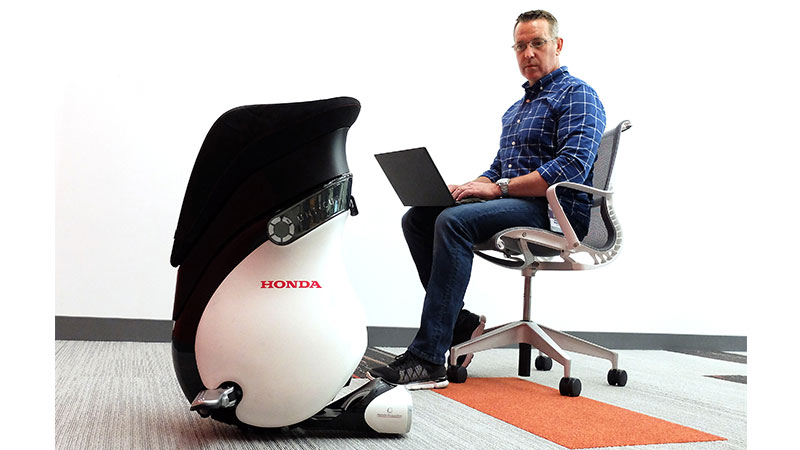After 18 years of stumbling its way into our hearts – and backwards off a staircase – Honda has decided to pull the plug on any further development of its bipedal wonder, ASIMO. The news of its suspended development is one that has been met with general indifference from the average Honda fanbase, a reaction that isn’t unexpected as ASIMO didn’t endear quite itself greatly to that particular demographic.
For a brand celebrated for its frenetic engines and racing success, the steady moving inoffensive-looking robot was as on message as a sloth representing an Olympic track and field team. Many saw it as nothing more than a charming distraction from Honda’s full-time responsibility of building fast cars and motorcycles.

Contrary to the expected narrative of what Honda should be, the story of ASIMO is a fine example of what made Honda so admired by industry observers. While the original ASIMO took its first steps in 2000, development began 14 years prior at Honda’s then-new research facility in Saitama.
The journey from a bipedal skeleton that took nearly five seconds between steps in a time when operating most computers still needed users to input lines of code, to the slick autonomous robotic humanoid that is capable of climbing staircases and carry a tray of objects with its hands, is nothing short of a remarkable achievement for a company that doesn’t specialise in robotics in the first place.

If anything, ASIMO is exemplary of Honda’s propensity of doing things their way, naysayers be damned. Acts like redefining the supercar rulebook with the NSX, entering Formula One just two years after producing its first car, and that one time in the 60’s when they told the Japanese ministry off with the brash declaration that the government had no right to tell them what to do and that they had “the right to manufacture automobiles”. Honda’s brazenness would have made Ayn Rand blush.
To say Honda is just VTEC and cleverly-packaged economy cars is to miss the forest for a few pretty pine cones. It is the products that you don’t see at dealerships that define Honda as one of the definitive car companies of the 20th and, most certainly, the 21st century.

However, in light of its research and development projects into business jets and fuel cell technologies that were initiated at the same time as its robotics venture in the 80’s, ASIMO has yet to show any commercialisation potential, or never will for the foreseeable future. After all, having a selling point of “buy and own your very own tireless subservient humanoid helper” would make a Confederate plantation owner think is a little on the nose.

Even if ASIMO is no longer part of Honda’s future product line-up, the technology and knowledge gained from its development have been tapped for other applications. Experience in sensors and artificial intelligence have been channelled towards refining autonomous driving technology, whereas the tech used to keep ASIMO upright and on its feet was applied to a self-balancing concept motorcycle, and the robot’s walking techniques found its way into a rehabilitation device for use in physical therapy.

Another of the fruits of ASIMO’s development was the Uni-Cub, an “omnidirectional driving wheel” mobility device that uses ASIMO’s sensors to register your subtle body movements to prompt it forward, backwards, and strafe from side-to-side and diagonally. Being a man of poor coordination skills and having done a brief test-ride of it, I can attest to the Uni-Cub being a more comfortable and amazingly more intuitive version of the Segway, though it might not make you look less of a tool for using it.

Gladly ASIMO’s legacy will continue to live on as the team responsible for its development is being reassigned to Honda’s R&D Center X. Founded last year, the new research division will be focused on robotics, mobility solutions, and energy management instead of cars or motorcycles.
Though there are no commercialisation plans for ASIMO itself, the R&D Center X’s continued research into robotics might not be a mere pie-in-the-sky undertaking. As Japan’s population ages, the R&D Center’s engineers might hold the answer to the challenge of supplementing the country’s need for physical labour as well as meeting its demand for mobility solutions for the aged and infirm.
Considering that a 2016 Transparency Market Research report projecting a $14.6 billion market for personal mobility devices by 2024, Honda’s endeavours and experience in the field of robotics might land the company on the forefront of a brand new revolution on the scale its Civic and Cub could not have imagined. All thanks to an exceptional white robot that walked its way into history.


